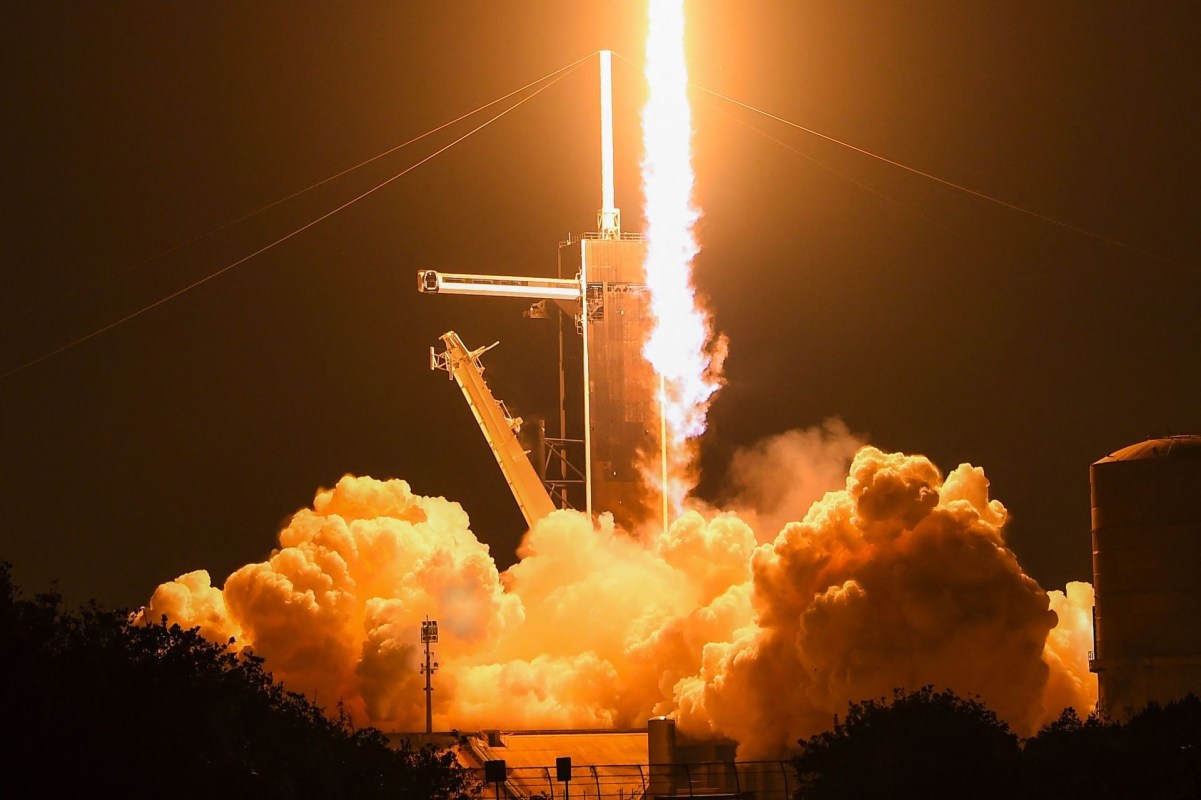On April 20, the launch of the SpaceX Starship, the most powerful rocket ever built, destroyed the launch pad and kicked up a cloud of debris that settled on a town 6 miles away, the New York Times reports.
Elon Musk's aerospace company has conducted several previous launches from its launch site in Boca Chica, Texas, according to the Times. However, the recent launch was intended to be the first orbital test of the Starship spacecraft. The craft exploded a few minutes after its launch, quickly ending those ambitions.
Even if the flight had been a total success, however, the launch itself would have been a problem on its own.
SpaceX chose not to put into place basic safety measures — a trench and a "water deluge system" — that past rocket launches have used to absorb the force of the blast, the Times reports. These structures are designed to protect both the surrounding area and the rocket itself from damage, but SpaceX elected not to construct either one.
The result was a massive cloud of debris that boiled up around the base of the rocket during launch.
Car getting pelted by debris from Starship pic.twitter.com/yI61CQ3NFz
— Latest in space (@latestinspace) April 20, 2023
The rocket's engines tore up part of the concrete launch pad. Louis Balderas, the founder of LabPadre, which films SpaceX's launches, told the Times that the resulting hole was around 25 feet deep. Chunks of concrete from the pad flew through the air and damaged at least one parked car in the nearby town.
The launch also kicked up sand and soil from the surrounding area that settled on Port Isabel, 6 miles away. The gritty material covered buildings, cars, and the ground throughout the area.
During the launch, forces similar to an earthquake also shook the town and broke a window. Resident Sharon Almaguer told the Times that "it was truly terrifying," and that, compared to previous launches, "this was on a completely different level."
Eric Roesch, an expert in environmental compliance and risk assessment, told ESG Hound that it was impossible to know without testing whether the cloud of grit was simply dirt or whether it might contain anything harmful to humans and the environment.
He added, "The presence of that dust kind of indicates to me that the impact modeling was inadequate, because this was not really disclosed as a possible impact."
Join our free newsletter for cool news and cool tips that make it easy to help yourself while helping the planet.









